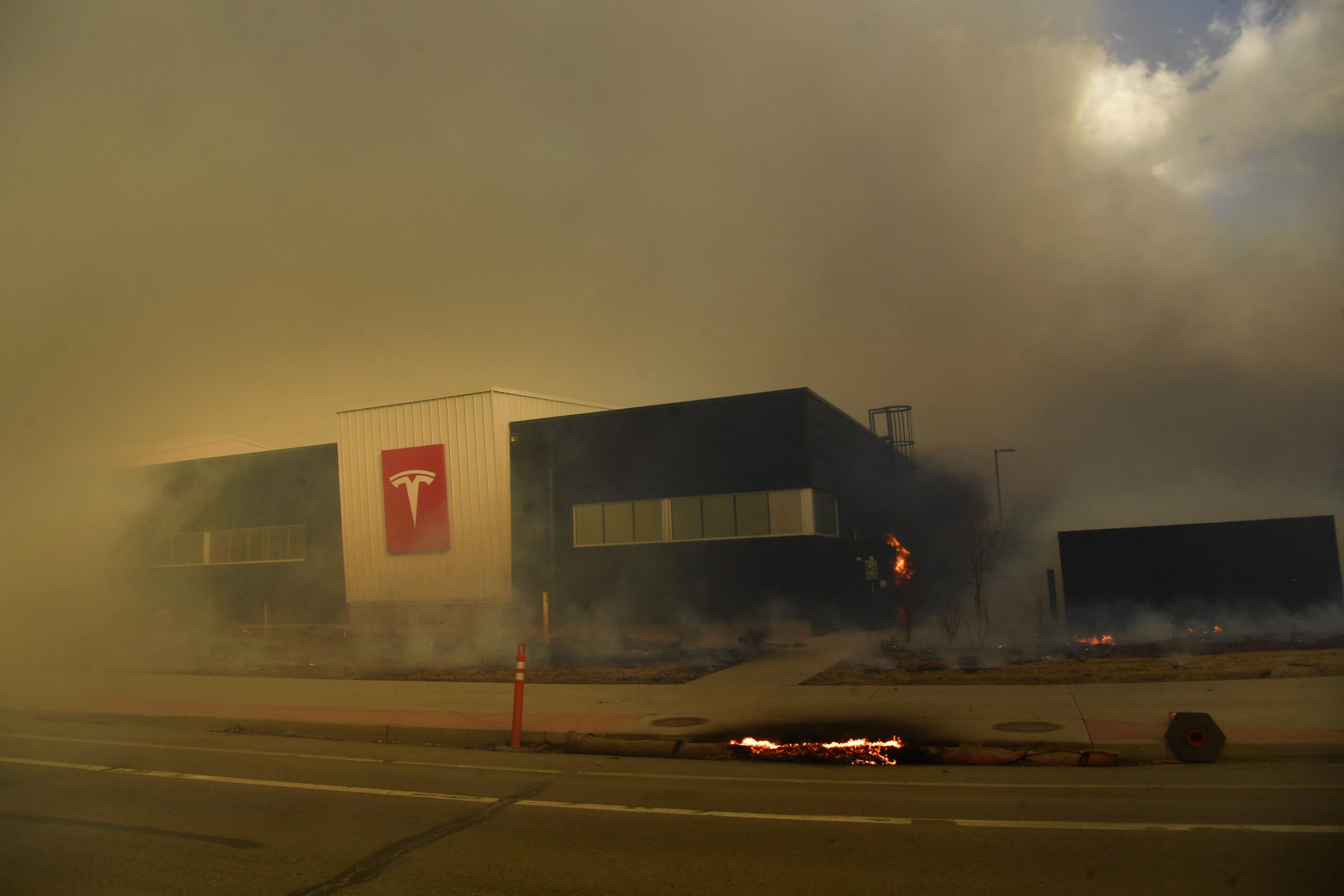Porter Uncensored: The Grant Williams Interview
Earlier this year, Grant Williams visited my farm in Maryland. For close to three hours, Grant interviewed me on a wide array of topics. Grant is one of the most intelligent, engaging, and original people I’ve ever come across in the world of finance. He’s an advisor to Matterhorn Asset Management in Switzerland, and a







